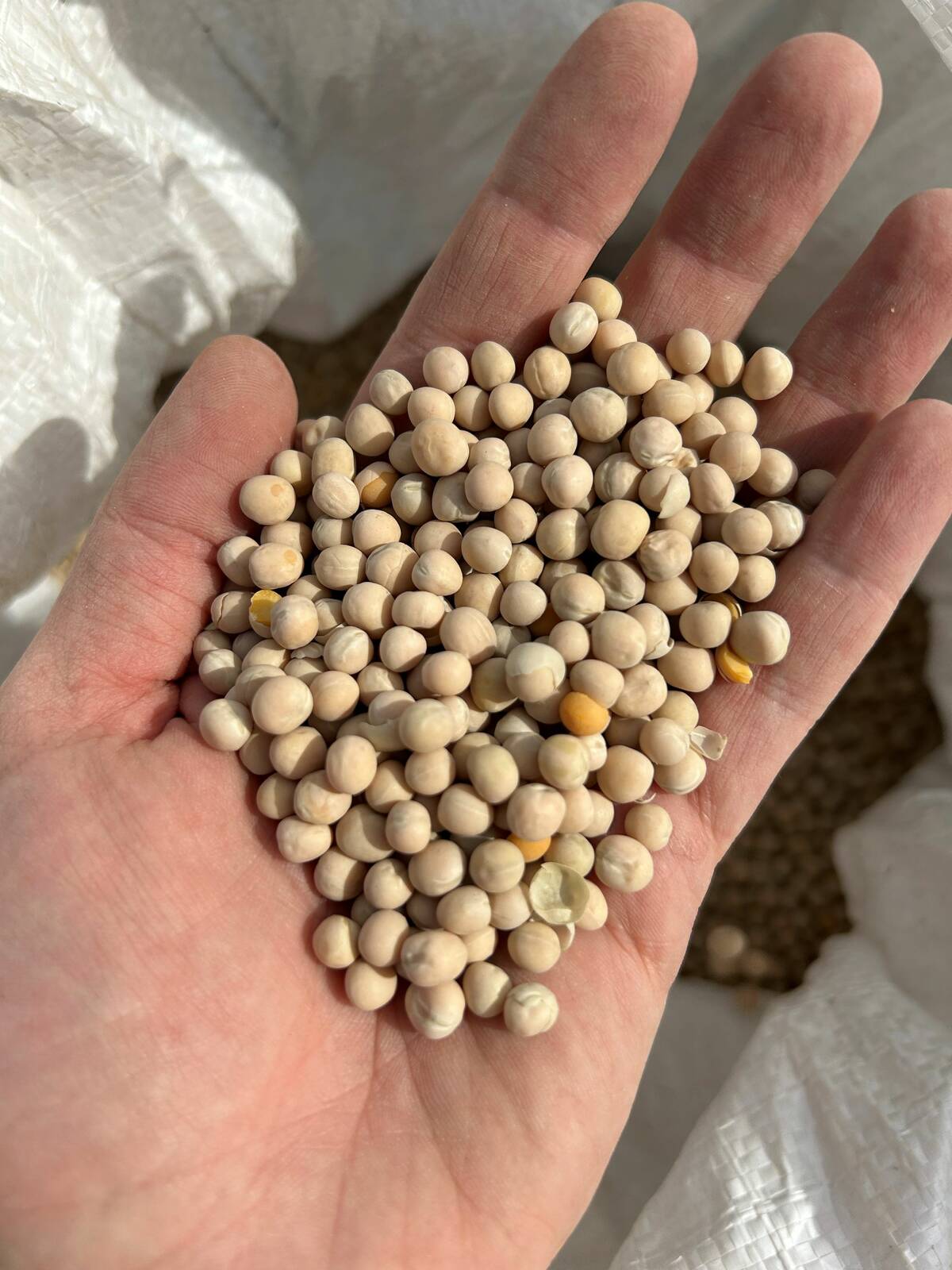Health Canada’s Pest Management Regulatory Agency (PMRA) will allow continued registration of the Group 4 herbicide 2,4-D with only minor changes to the chemical’s label.
The agency had taken on a long-term re-evaluation of the product — the use of which on Canadian farms dates back to 1946 — and released its decision on Friday, stating the product does not pose unacceptable risks to human health or the environment. The agency pointed out also that the product has value in the agriculture, lawn and turf, forestry and industrial sectors.
Read Also

Pulse Weekly: Tariffs guide yellow peas in 2025
Tariffs were a major influence on Canadian yellow pea prices in 2025, with levies imposed by China and India. The two countries are Canada’s biggest foreign pulse buyers.
However, the agency said, “as a condition of the continued registration of these 2,4-D products, new risk-reduction measures must be included on product labels. In addition, registrants must submit additional confirmatory scientific information.”
The risk estimates associated with applying, mixing and loading 2,4-D products for label uses are acceptable for all scenarios approved for continued registration, PMRA wrote, as long as the label directions are respected, including the limits on the amount of product handled per day for some formulations and uses, as well as the personal protective gear indicated.
“These
measures are needed to minimize potential exposure and protect worker health,” the agency wrote.
The agency also noted some products and uses of 2,4-D are being phased out, “because the risks exceed current health and environmental standards or there was a lack of adequate data for assessment.” That number includes all products containing the diethanolamine (DEA) form of 2,4-D, as well as products for aquatic use.
In assessing health risks, the agency wrote, it considers two factors: the levels at which no health effects occur and the levels to which people may be exposed. The bar for risk is set to protect the “most sensitive human population” (for example, children and nursing mothers), and only those uses for which the exposure is well below levels that cause no effects in animal
testing are considered acceptable for registration.
Chemical companies that make and market 2,4-D products cheered the PMRA decision. A Kansas City-based industry task force, whose members include Dow AgroSciences and Nufarm, said Friday that it helped fund the research that PMRA and the U.S. Environmental Protection Agency (EPA) required from the industry for their recent evaluations.
“After reviewing an unprecedented depth of scientific data and expert panel reviews regarding the impact 2,4-D may have on children, adults, animals and the environment, Health Canada determined the herbicide meets all of Canada’s pesticide health and safety regulations, which are among the toughest and most stringent in the world,” said Jim Gray, the task force’s executive director, in a release Friday.
Gray said the U.S. EPA in 2007 issued a decision not to initiate a special review of 2,4-D “after more than 21 years of research and agency review.”














